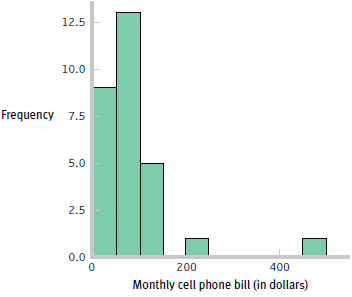In fantasy baseball, groups of 12 league participants conduct a draft in which they can buy any
Question:

a. What are the two variables of interest? For each variable, state whether it€™s scale or ordinal.
b. Calculate the Spearman correlation coefficient for these two variables . Remember to convert any scale variables to ranks.
c. What does the coefficient tell us about the relation between these two variables?
d. Why couldn€™t we calculate a Pearson correlation coefficient for these data?
Fantastic news! We've Found the answer you've been seeking!
Step by Step Answer:
Related Book For 

Essentials Of Statistics For The Behavioral Sciences
ISBN: 9781464107771
3rd Edition
Authors: Susan A. Nolan
Question Posted:





